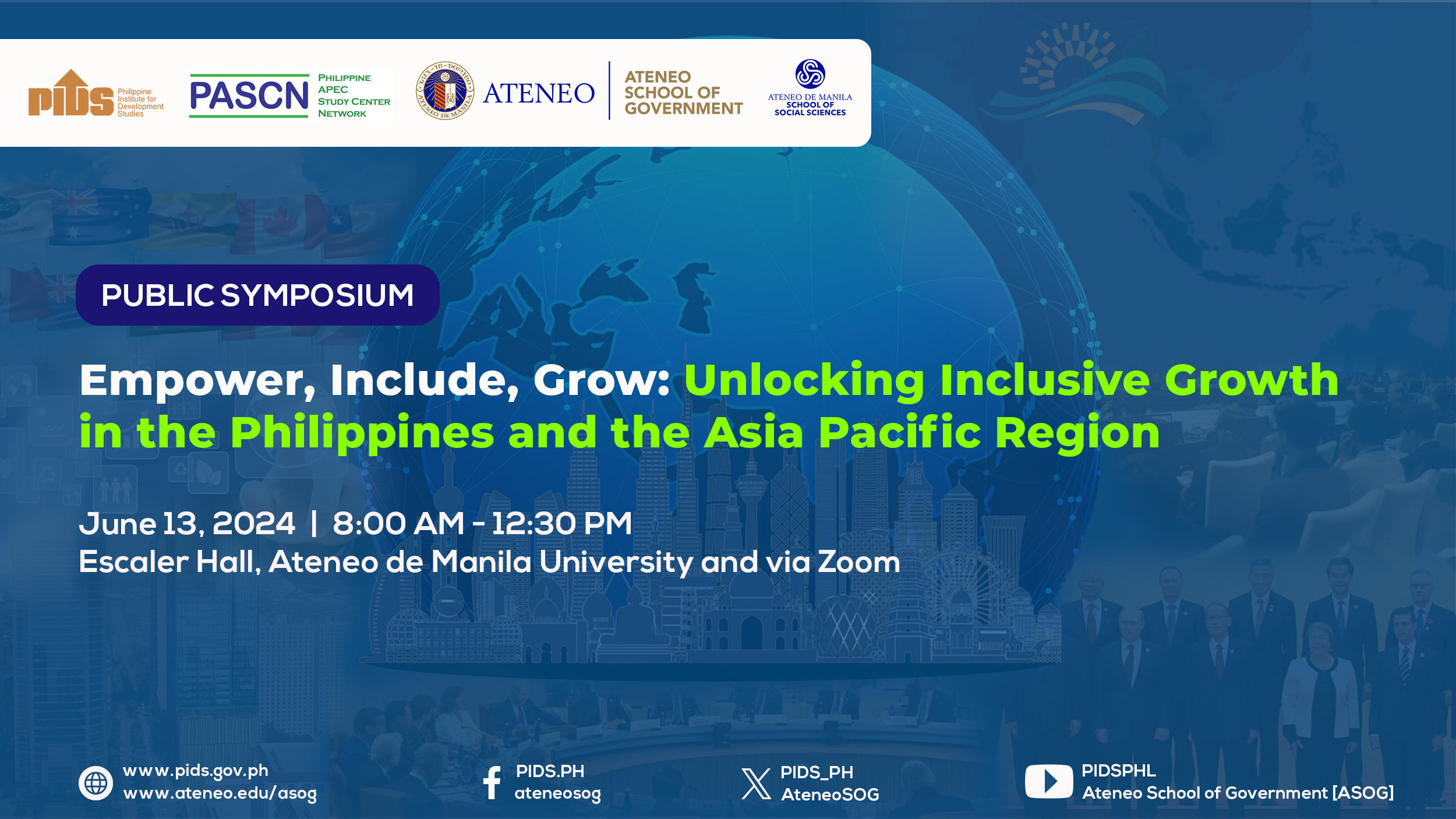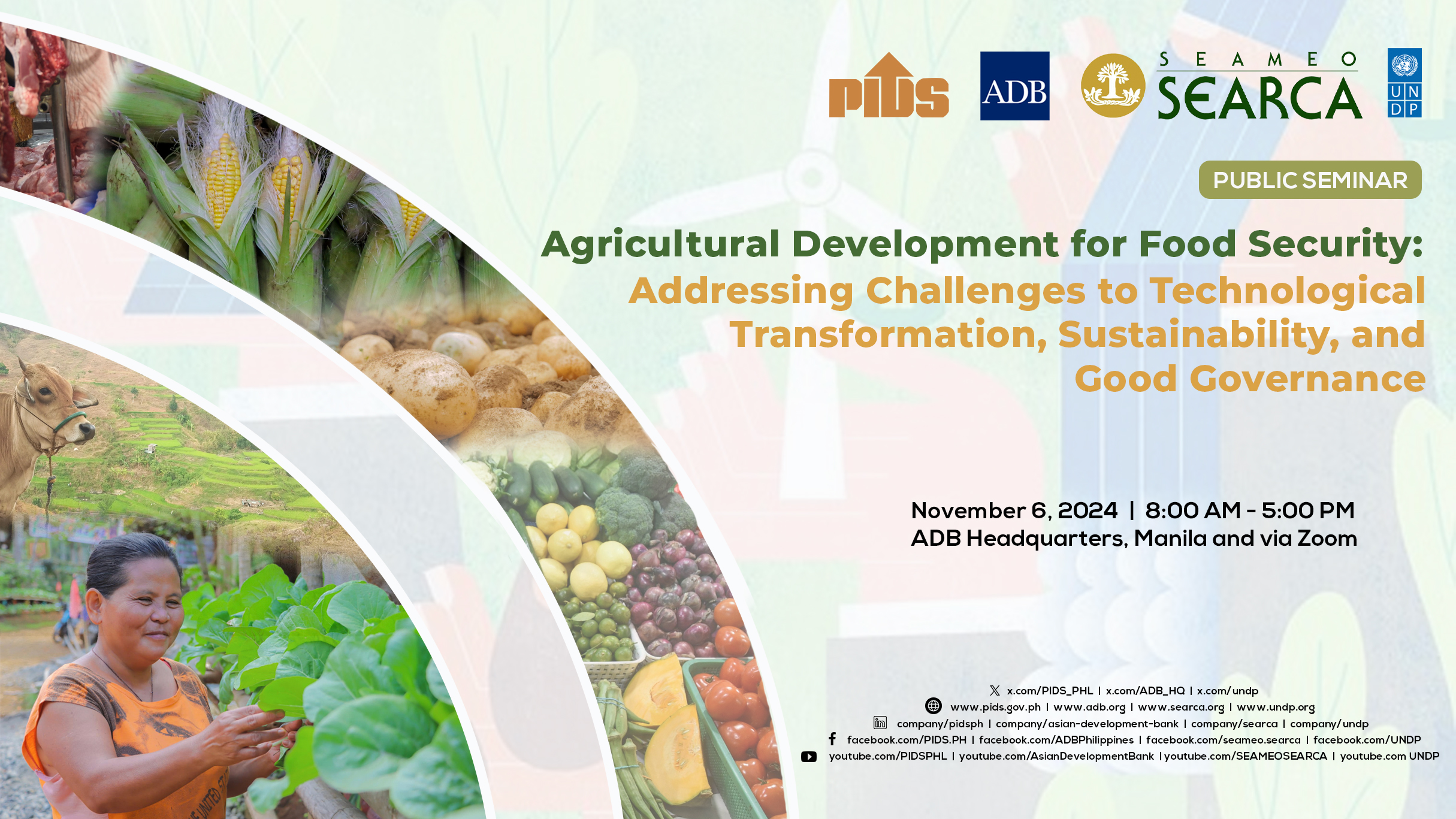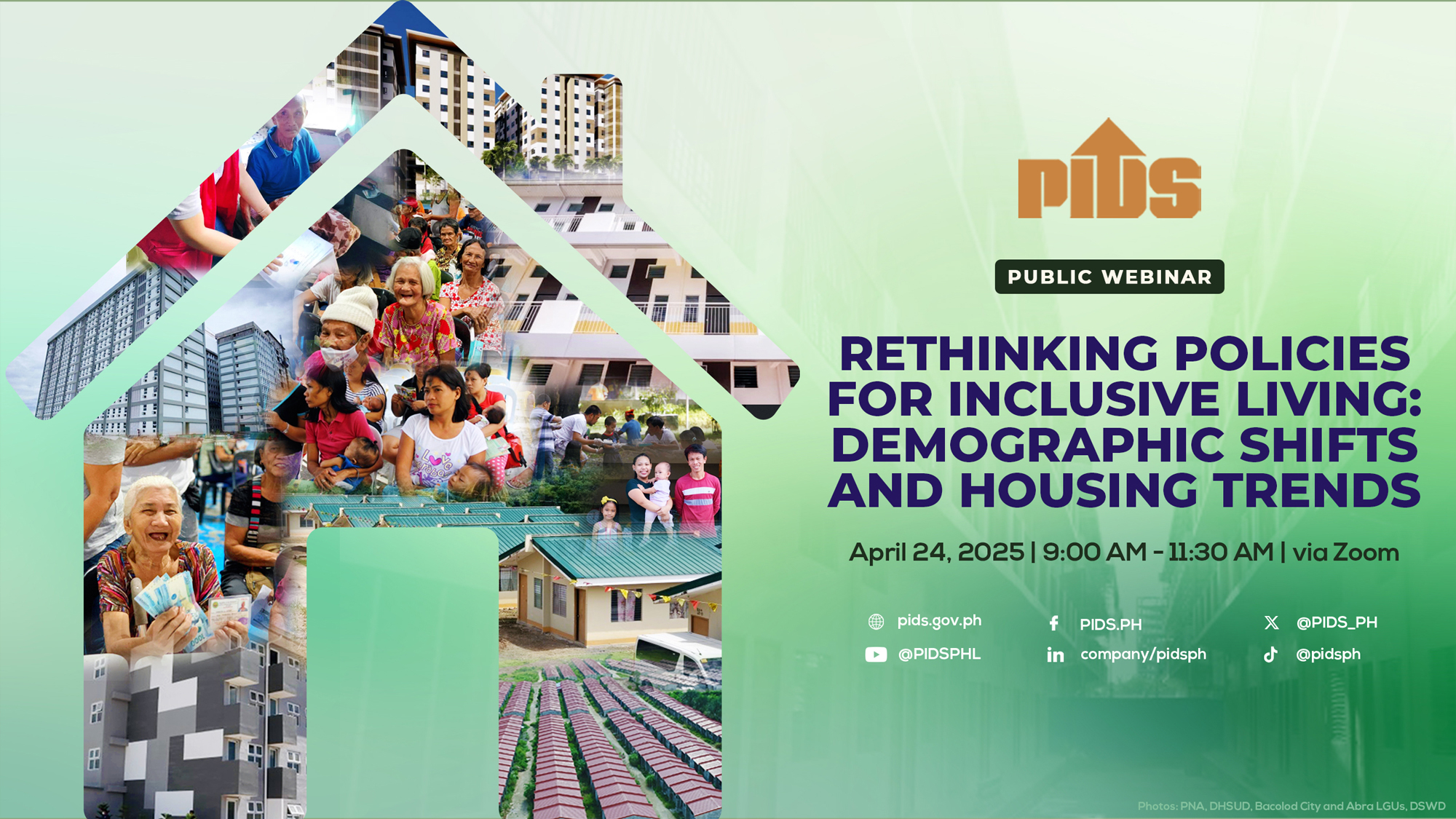MANILA, Philippines — Historically, the persons with disability sector has always found itself in a tough spot come election season. Many are forced to labor up the stairs of multi-level barangay facilities and schools just to exercise their right to vote.
The mobility problem for vulnerable sectors — including senior citizens and pregnant women — is well-documented in the Philippines. But when the polls come around, this results in PWDs giving up on voting altogether.
For the Commission on Elections' Vulnerable Sectors Office, the answer might just be to bring the voting places to them. It's good news for a sector that posted just a 67% voter turnout in 2019.
Enter the Tahanang Walang Hagdanan in Cainta, Rizal, and the National Vocational Rehabilitation Center in Quezon City, both of which are set to be used as a Satellite Emergency Accessible Polling Places by the Comelec Vulnerable Sectors Office for Monday's polls.
Under the Emergency Accessible Polling Place program of the Comelec VSO, S-EAPPs refer to EAPPs "temporarily established in a building used as a home or residence of PWDs and/or SCs."
This includes "rehabilitation centers and sheltered workshops where said PWDs and/or SCs are living or outside thereof but in close proximity thereto, whether administered by the government or a private institution," the Comelec VSO told the House Special Committee on Persons With Disabilities on March 3.
To prepare for the launch of the S-EAPPs, the Comelec VSO held consultation meetings with stakeholders, disability training with support staff, and voters' education programs with communities.
Outside of the satellite precincts, the VSO also put up over 2,300 emergency accessible polling places in 14 regions around the country.
Mobility matters
Dr. Maureen Mata of the Comelec VSO told the House panel in March that for EAPPs, "usually, ang venue po ay nasa ground floor, near the entrance of the building, free of any physical barriers, and should be provided with necessary services including assistive devices."
In both S-EAPPs, priority consideration was given to facilities that had the infrastructure to support physical and mobility needs. This meant ramps and a supply of wheelchairs, among others. It's a sound decision given what the limited data on the disability community in the Philippines has.
For instance, per a 2017 study by the Philippine Institute for Development Studies of 1,031 adult women and 823 children with disabilities in two cities, majority of respondents were found to be mobility-impaired (39.7%) while many others had development/psychosocial afflictions (28.7%).
The World Health Organization estimates that 15% of any country’s population has some form of disability. In the Philippines in 2022, that figure is good for almost 17 million Filipinos.
According to the Comelec VSO's data, the coming 2022 elections are set to include almost 512,000 registered voters who are persons with disabilities, up from just 348,000 in 2019.
Of this number, 109,299 had physical disabilities according to the Comelec's consolidated breakdown. The second highest group was those with visual disabilities with 75,941.
According to Republic Act No. 10366 or An Act Authorizing The Commission On Elections To Establish Precincts Assigned To Accessible Polling Places Exclusively For Persons With Disablities And Senior Citizens, the state is to unsure "the voting procedures, facilities and materials are appropriate and accessible" [by] "facilitating the use of assistive and new technologies."
"The accessibility features are really the main concern in the earlier precincts," Flor Calabarzon, head and officer-in-charge of the NVRC told Philstar.com. "It's better [that they] vote here."
Intersectionality urged
But according to TWH administrative manager Ramon Apilado, some members who are deaf and blind may not be fully accommodated by this even if their special needs are generally intersecting. He pointed to the wide spectrum that's covered by the term "disability."
"We do not have that kind of support yet for other kinds of disabilities. However, sa akin lang, I hope magkaroon talaga ng accessible polling place for everyone. Kasi it’s a wide spectrum nga. Iba-iba tayo ng condition and disability. Kasi it’s not only the mobility impaired persons ano?" he told Philstar.com.
"Ang puwedeng bumoto we have also of course persons with epilepsy and then persons with autism to practice their right to vote. Kasi lahat natin, right natin yan, it’s a basic right for everyone."
Apilado admitted that no process of identifying individual needs for PWDs with different ailments was discussed during the initial meetings, which generally centered on keeping PWDs safe during the coronavirus pandemic.
Regardless, Apilado said that the existing setup "should be enough" for now, since "majority are persons with mobility restrictions."
"Mas marami pa rin ang wheelchair users compared to crutch users or those who are limping," he said, pointing out that nearly all of the 98 pre-identified voters from TWH were all reliant on wheelchairs.
In NVRC, the around 500 pre-identified voters all came from the surrounding Brgy. Escopa III in Quezon City. Essentially, one size did fit all in this instance.
The institutions themselves are also able to alleviate this somewhat. Calabarzon said that sign language interpreters will be deployed by the NVRC, and those with psychosocial disabilities have their own guides into the precincts and voting rooms. Psychologists will also be present to provide assistance. In TWH, the members assisting the voters are themselves also PWDs.
"Across categories, we encourage voters. Walang selection. If you are capable to vote, then you can cast your vote," Calabarzon also answered when asked how the center was retrofitting its systems to serve as many PWDs as possible.
"With psychosocial disabilities, those who are capable, they have their own guides. And then we also have our own psychologists here. They can assist them during the process."
In the Comelec's breakdown, 208,000 refused to state their disability, while 23,318 had multiple, intersecting disabilities that kept them from voting.
In a February forum organized by YouthLed PH and US AID on Safeguarding Socially Inclusive Democratic Spaces for Persons with Disabilities, Sheila Aggarao of the Nationwide Organization of Visually-Impaired Empowered Ladies or NOVEL was careful to highlight the intersectionality of the disability community in the Philippines.
She pointed out that not only were individual disabilities different from one another, but each PWD also comes from different contexts. Ultimately, this always means different needs.
"Kaya nga sa VSO, din for example, tignan din natin, there are indigenous people with disabilities, persons deprived of liberty with disabilities, and elder persons with disabilities. So hindi lang siya basta nagwo-work tayo dahil we want inclusion…doon sa sektor mo, mayroong mga tao na may kapansanan at mayroong mga kababaihan and also people of diverse sexual orientation, gender equality and expression," she said.
"Ang madalas na nangyayari sa atin ay ang tingin natin sa mga tao ay one-dimensional lang. So kung PWD siya, dun lang siya sa disability agenda."
Comelec only one office in government
But voting is only one part of the process, and Apilado said that many PWDs had trouble even registering.
The reality in the Philippines is that not every government building is disability friendly, while not all election staff will be trained to deal with the many needs of PWDs. This means that the choices of venue were limited from the start.
In 2018, the US State Department reported that the "great majority of public buildings remained inaccessible to persons with physical disabilities" in the Philippines.
Both the NVRC and the TWH are training centers for persons with disabilities — whose staff also include PWDs themselves and are trained to take care of other special needs voters — and Calabarzon said this is precisely why the two were chosen as venues by the Comelec VSO.
Asked for a rough estimate of how many PWDs are still unable to vote even with the accessible polling places, Apilado said: "Ang personal take ko diyan, marami pa talaga, marami pa talaga. And if they wanted to formalize that [number,] I think Comelec should start that survey right now habang mag-iistart nanaman tayo ng elections several years from now."
"The Comelec should be prepared to accept the voters na gusto nila bumoto eh. Kaya lang, kailangan namin ng mga services na makakatulong sa atin in order for us to practice our right to vote," Apilado also said.
"Lack of support kasi, lalo na kapag maga-announce ng Comelec ng registration, hindi naman nila binabanggait na may registration for PWDs na may allotted venue for us na easier for us to register para makapag vote kami."
When it comes to securing the disability community’s right to vote, advocates were of the same mindset in the end: nothing about us, without us.
Apilado said that while the stakeholder meetings were a good start, making the election process more accessible for the PWD community means including the rest of the community, not just those who need wheelchairs.
"We hope and pray in the future na hindi lang talaga sa isang sektor lang ng mga kapansanan na naka-wheelchair. Lahat dapat ay included, mapa-blind ka, mapa-deaf ka, mapa-person with mobility restrictions ka or may psychosocial condition ka," Apilado said.
Accessible voting precincts for PWDs a good start, but more inclusive coverage still needed












